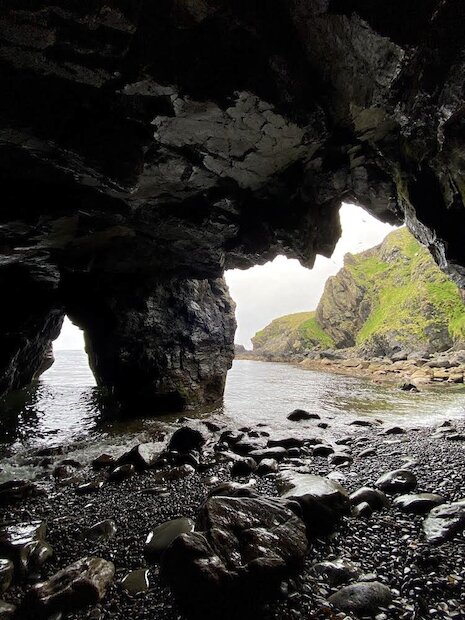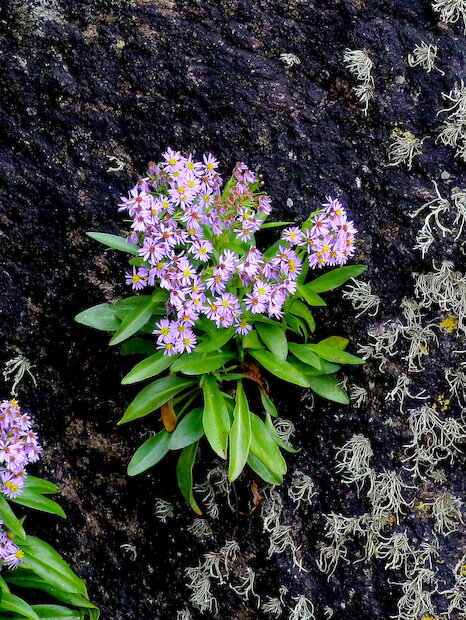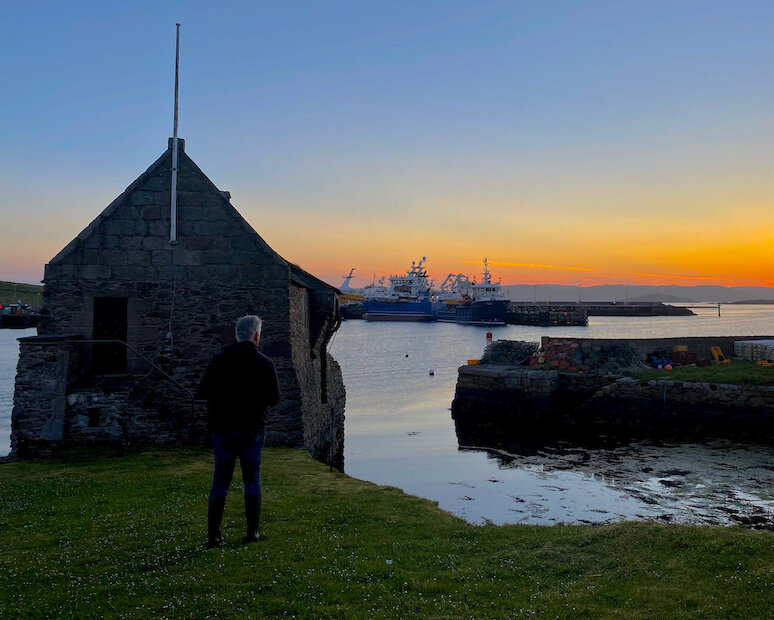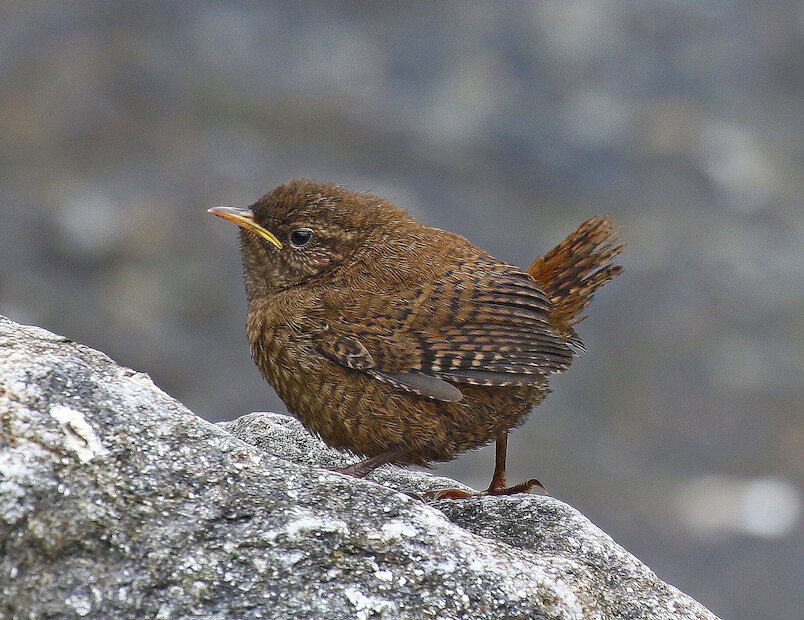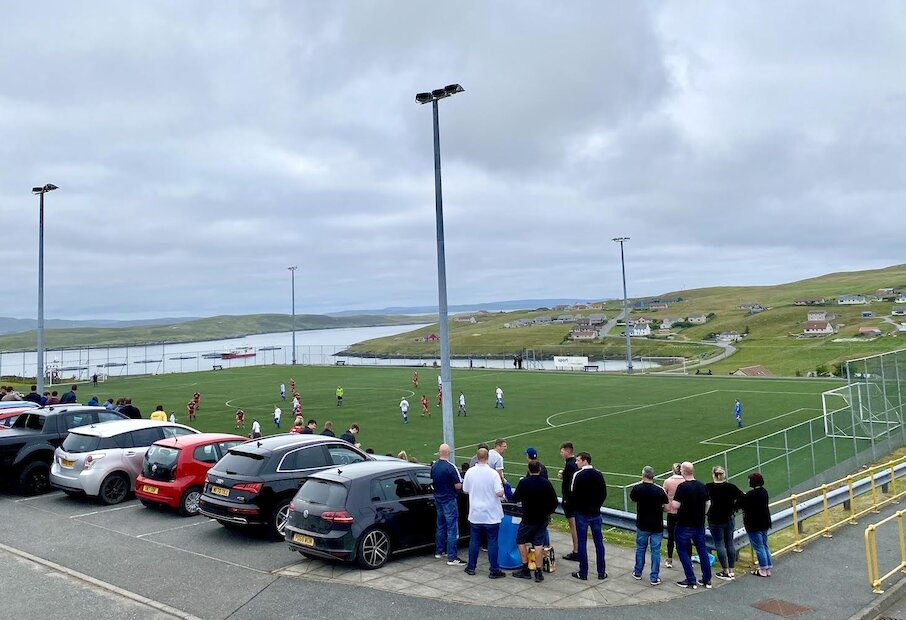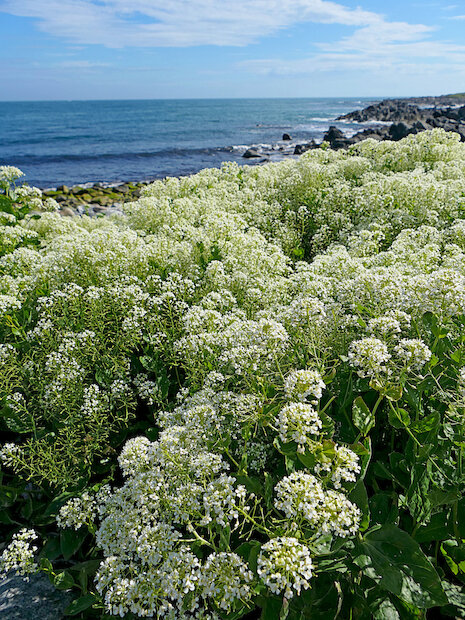The name Whalsay comes from the Old Norse term ‘Hvalsey’ meaning ‘Whale Island’. It's also known locally as the ‘Bonnie Isle’, a name given by visiting fishermen in the 19th century who saw it covered in yellow flowers, which it still is in certain areas throughout the summer.
The isle is heavily dependent on the fishing industry with most of the island’s men employed in either the whitefish, pelagic or shellfish industries.
Whalsay is on the east side of Shetland and is accessible from the Mainland via the ferry from Laxo, with a journey that lasts half an hour. Occasionally, due to weather conditions, you may have to get there from Vidlin, which adds 10 minutes of ferry time. Nearby digital road signs update commuters on which of the two terminals to attend.
The island is 5 miles long and 2 miles wide, making it smaller than the likes of Yell, Unst and Fetlar, therefore an ideal location for a day trip.
